Back in my horticulturist days, when I was taking care of a whole municipal rose garden along with about 28 gardens all over the city, I didn’t have much time for plants that were fussbudgets or wimps. I needed all of my plants to be tough and take care of themselves, including my roses.
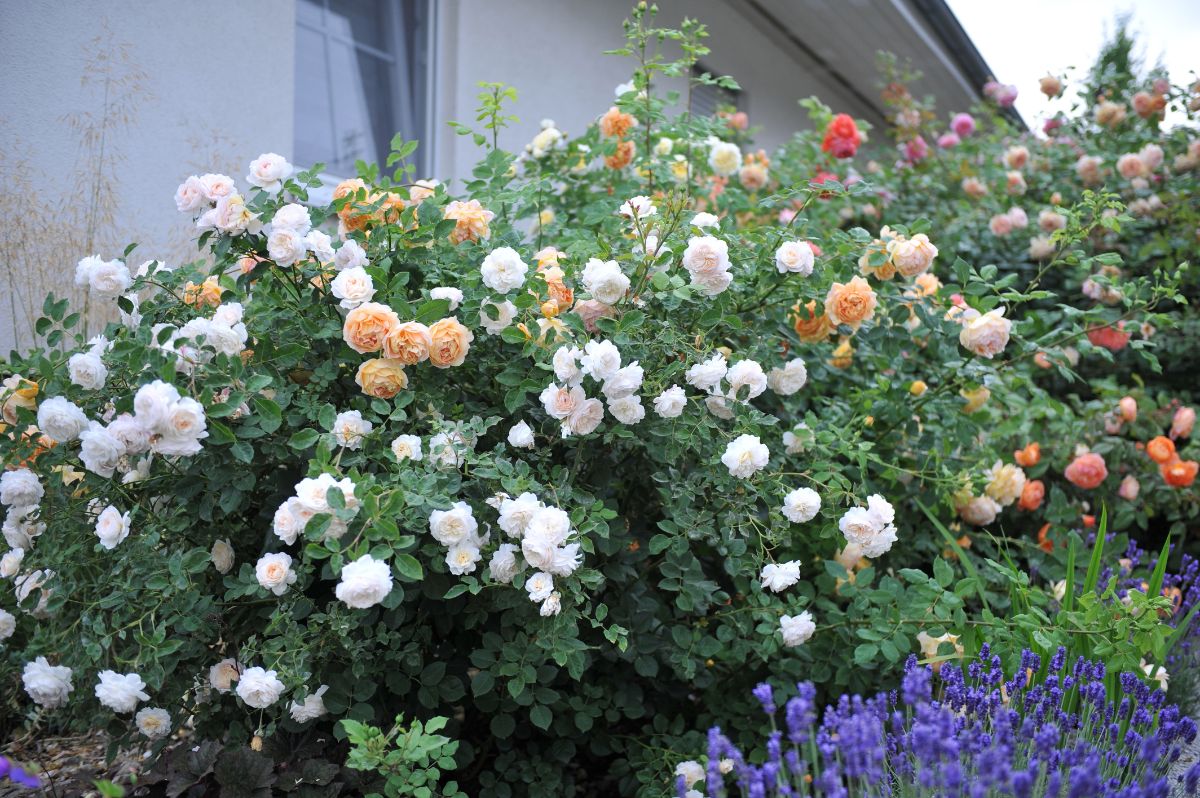
The roses that are tops in my book are vigorous, disease-resistant, and sport plenty of scented blossoms. (I don't think I've ever recommended an unscented rose – there's just something wrong with that.) I also choose hardy roses that will take winter's cold and disease-resistant roses that don't need much spraying.
Here are a few good, no-nonsense roses that can take the worst of what nature dishes out and still look amazing.
Jump to:
Hybrid Teas
Hybrid teas tend to be wimpy overall, and the instant they catch blackspot, all their leaves fall off. That said, I did plant several hybrid roses because of their lovely fragrance, and they hold up very well in a rose garden with a minimum of fussbudgeting.
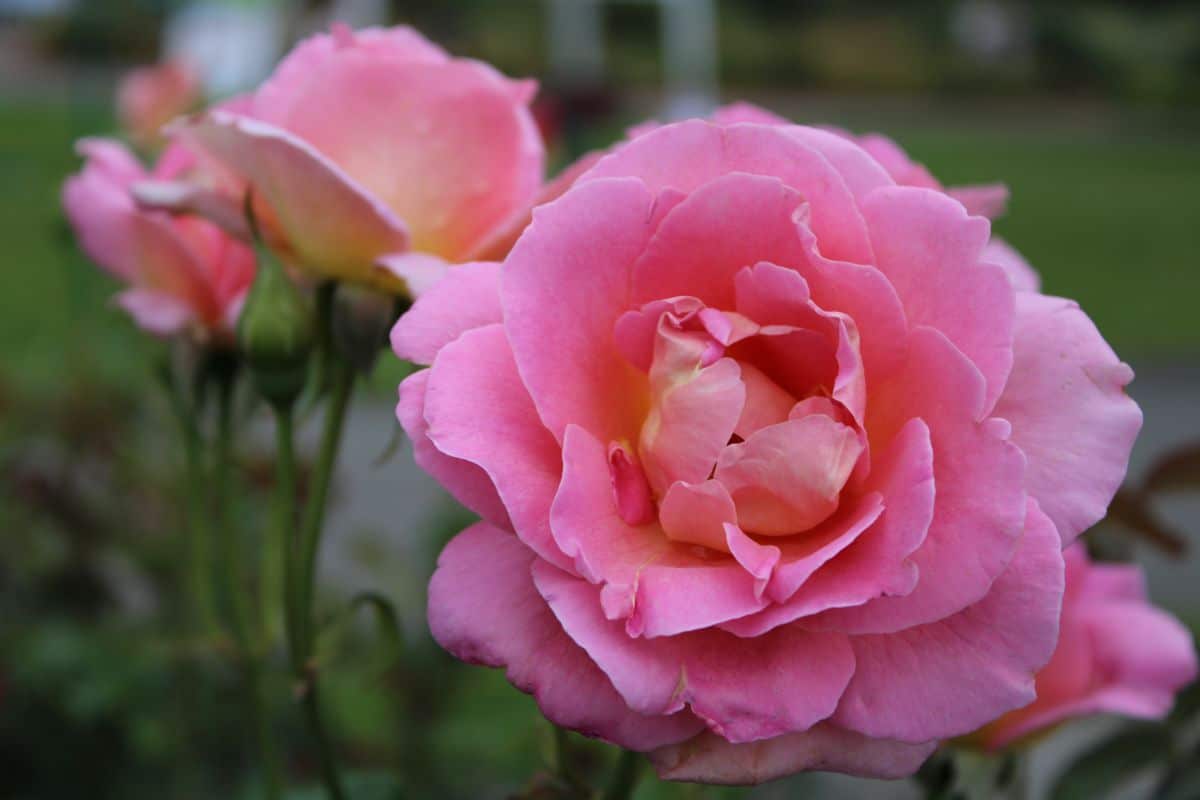
‘Tiffany,’ bred in 1953, is one hybrid tea that I’m perfectly fine with growing. This gorgeous rose sports pink blossoms that swirl open to reveal a creamy yellow center. Tiffany roses have the classic long stem, and the flowers have that long-necked, graceful vase shape like a rose you’d get at the florist. When these roses finally open up, they’re huge, almost five inches wide!
And the fragrance of this rose is wonderful, a delightfully fruity scent. I go from rose to rose like a hummingbird.
They’ll need a lot of winter protection since they’re hardy only to zone 7b. If you can cover them well, you should be all right.
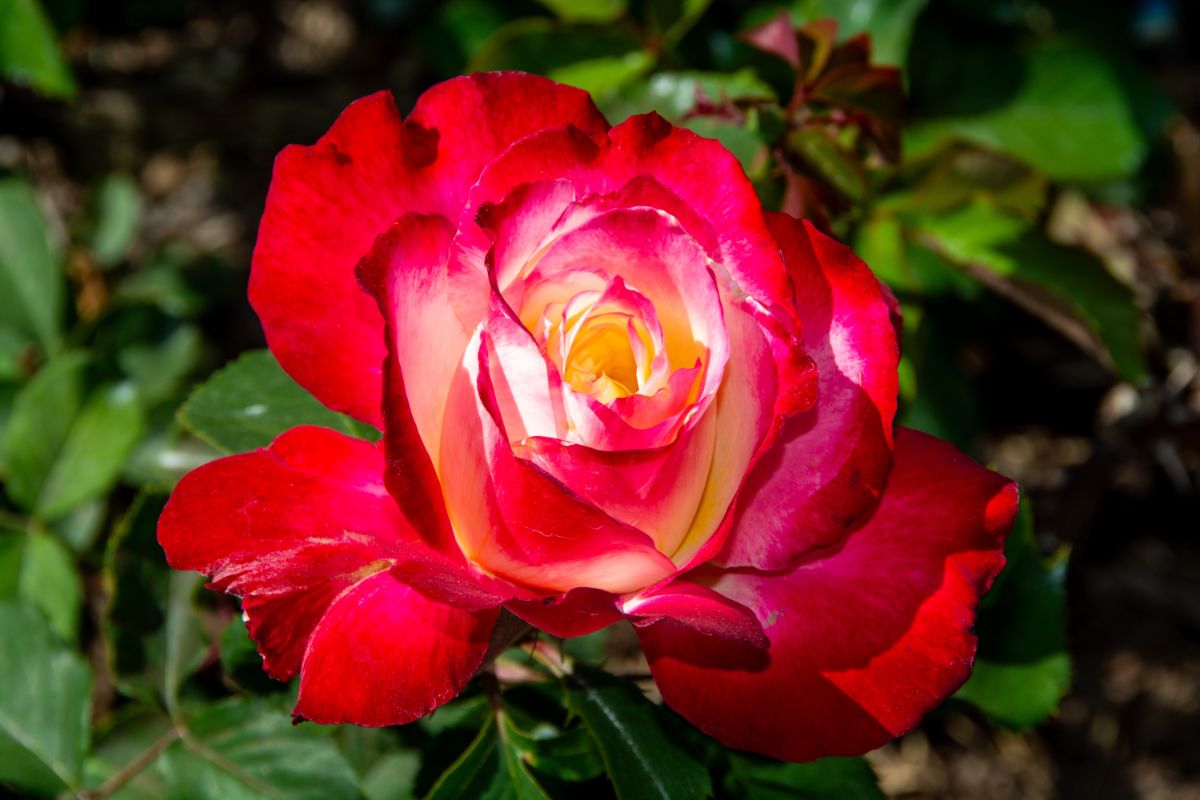
‘Double Delight’ (1977) sports dramatic red and creamy white blossoms that look almost unreal, as if they’d been Photoshopped. But they are real, and no two blossoms look alike. The red apparently is caused by the ultraviolet light from the sun, lending to their “one of a kind” look. Some flowers will change color in the sun – some fade to a pretty yellow, and some turn a deep, dark red. ‘Double Delight’ roses are real eye candy.
But the fragrance of this rose is even more remarkable. This rose just about knocks you down with its delicious, spicy scent. ‘Double Delight’ is one of the most interesting roses, and it’s at the top of my list for fragrance.
This is a hybrid tea, so it’s susceptible to powdery mildew. Cover it heavily as winter comes because hard freezes can cause dieback, canker, or kill it off entirely.
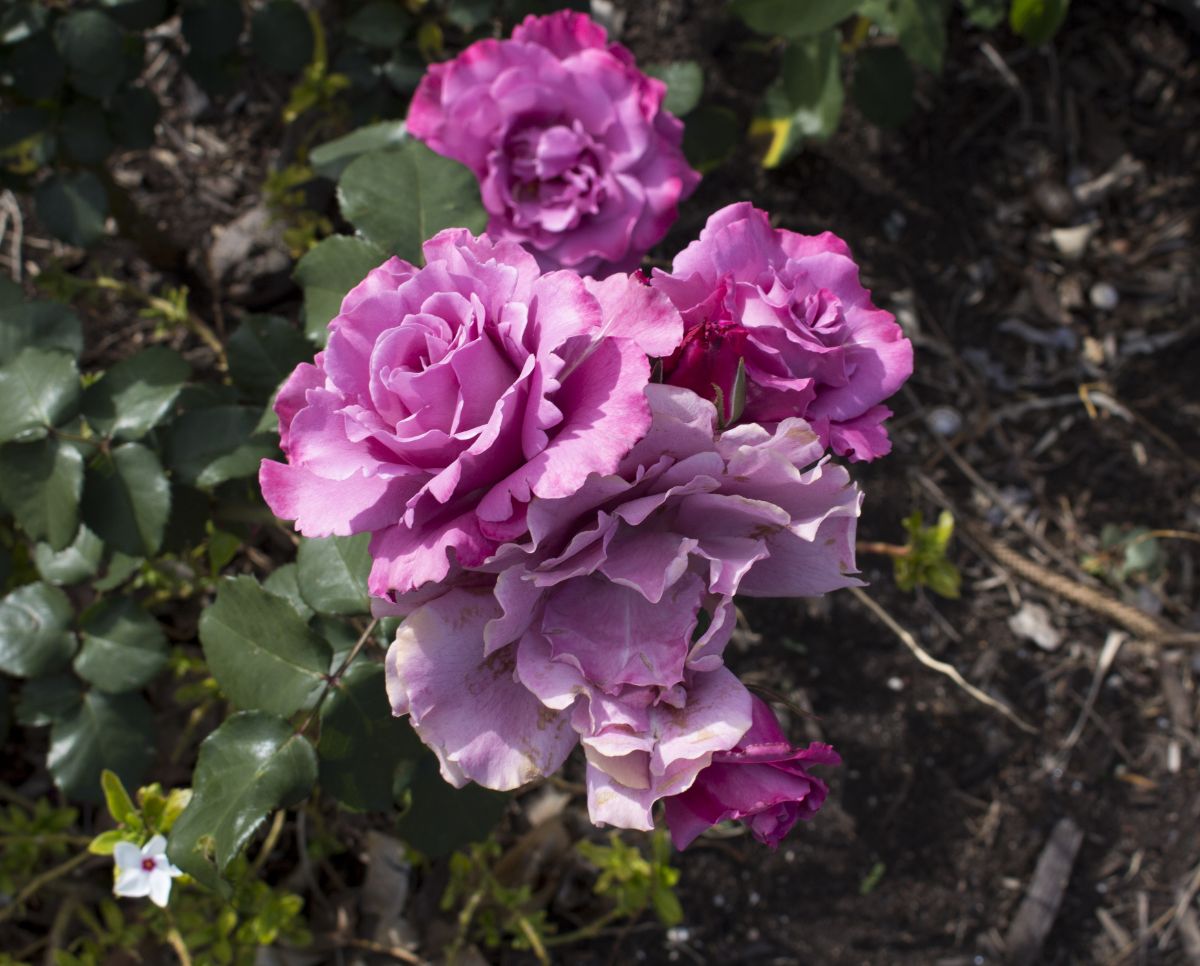
‘Angel Face’ is a floribunda rose that was bred in 1968. (The word floribunda is Latin for “many flowering” – floribunda roses have large clusters of many flowers.) This rose is a winner because of its unique, ruffled blossoms, which are a beautiful shade of mauve, with the edges of the petals brushed with a hint of ruby.
Often, the purple or “blue” roses are pretty lousy because it’s hard to get a rose of that color, so breeders often throw other considerations of disease resistance aside. Not with Angel Face. This cute little floribunda will produce large sprays of ruffled mauve blossoms – and they smell delicious, with a strong citrus-like scent.
Angel Face roses are susceptible to blackspot and need to be covered up for winter, but they are pretty tolerant of dry conditions. You win some, you lose some. This rosebush stays tidy and compact. I never get tired of seeing those lovely ruffled blooms. An excellent rose.
Rugosa Rose Recommendations
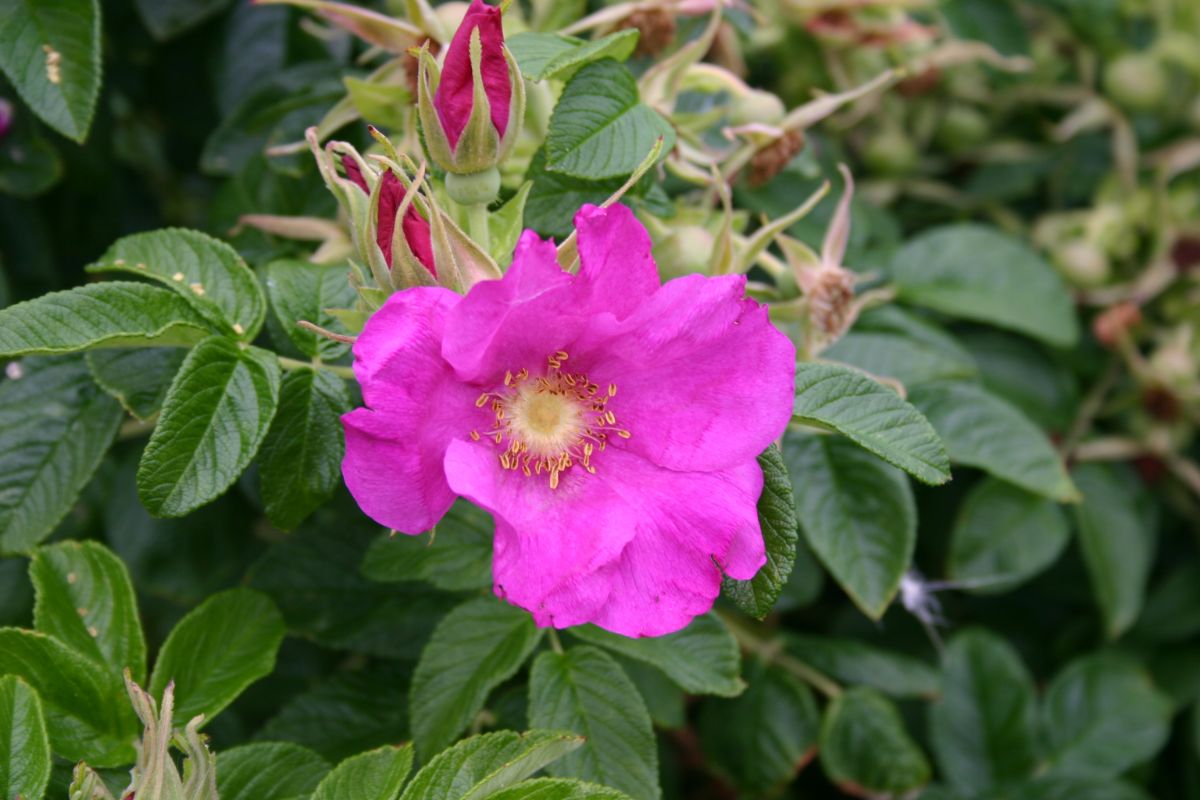
Rugosa roses are descended from the species Rosa rugosa, a tough rose native to Japan, Korea, and China that has been around for at least a thousand years. Rugosa roses are easily recognizable by the “quilted” leaves, which are disease-resistant. You can also know them by their plentiful thorns; and their plump orange rose hips.
Rugosas have a constitution of iron. They’ll grow in the salt of the seashore and in the pollution of an industrial street and still look cheery.
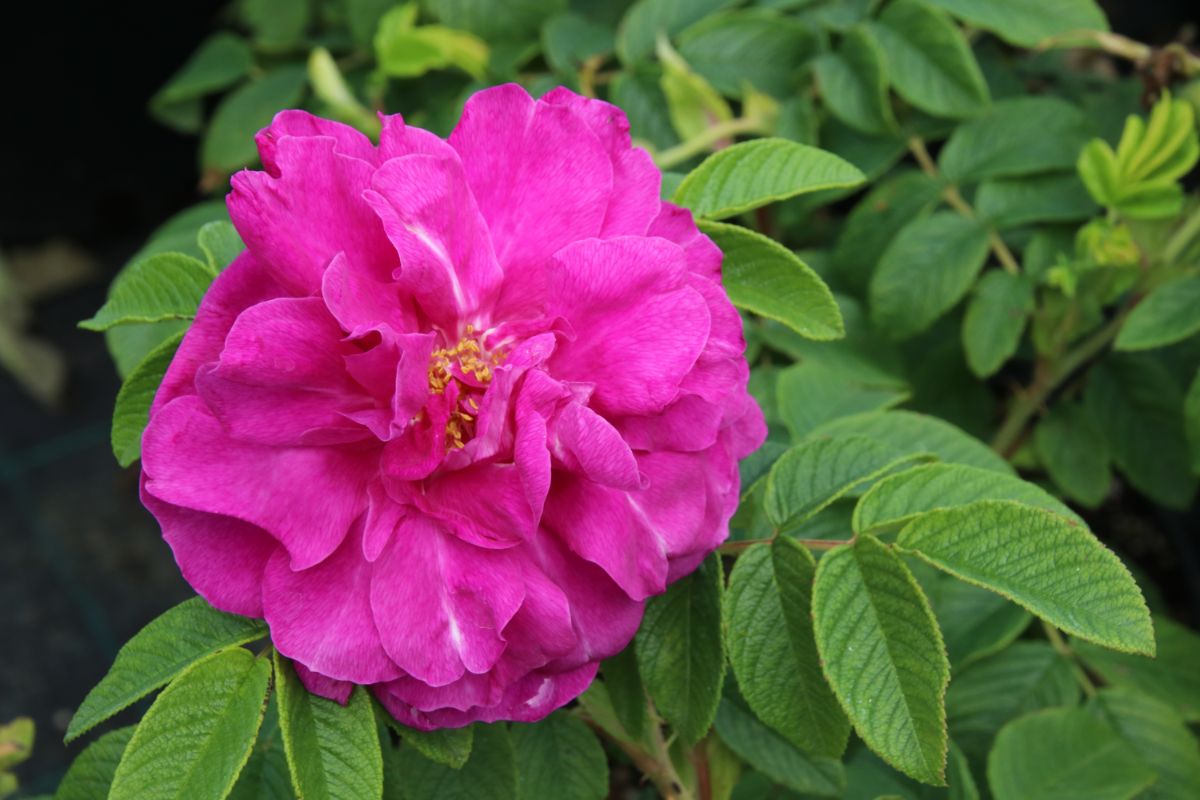
‘Hansa,’ introduced in 1905, is one of the recommendations from my friend Charles to replace the roses that died from rose rosette disease in the municipal rose garden. Hansa roses grow about 3 to 4 feet tall and cover themselves with bright magenta flowers.
These roses are not as fragrant as other rugosas, though they still have a lovely scent. They also make up for it with their neat habit, staying in a tidy bush form instead of suckering everywhere and encroaching on nearby garden plants and innocent bystanders. This is fortunate because they are armed with billions of thorns.
Hansa will flower like crazy, making a lovely display for most of the summer, followed by a ton of orange hips. They’re drought-resistant and blackspot-resistant – a definite winner.
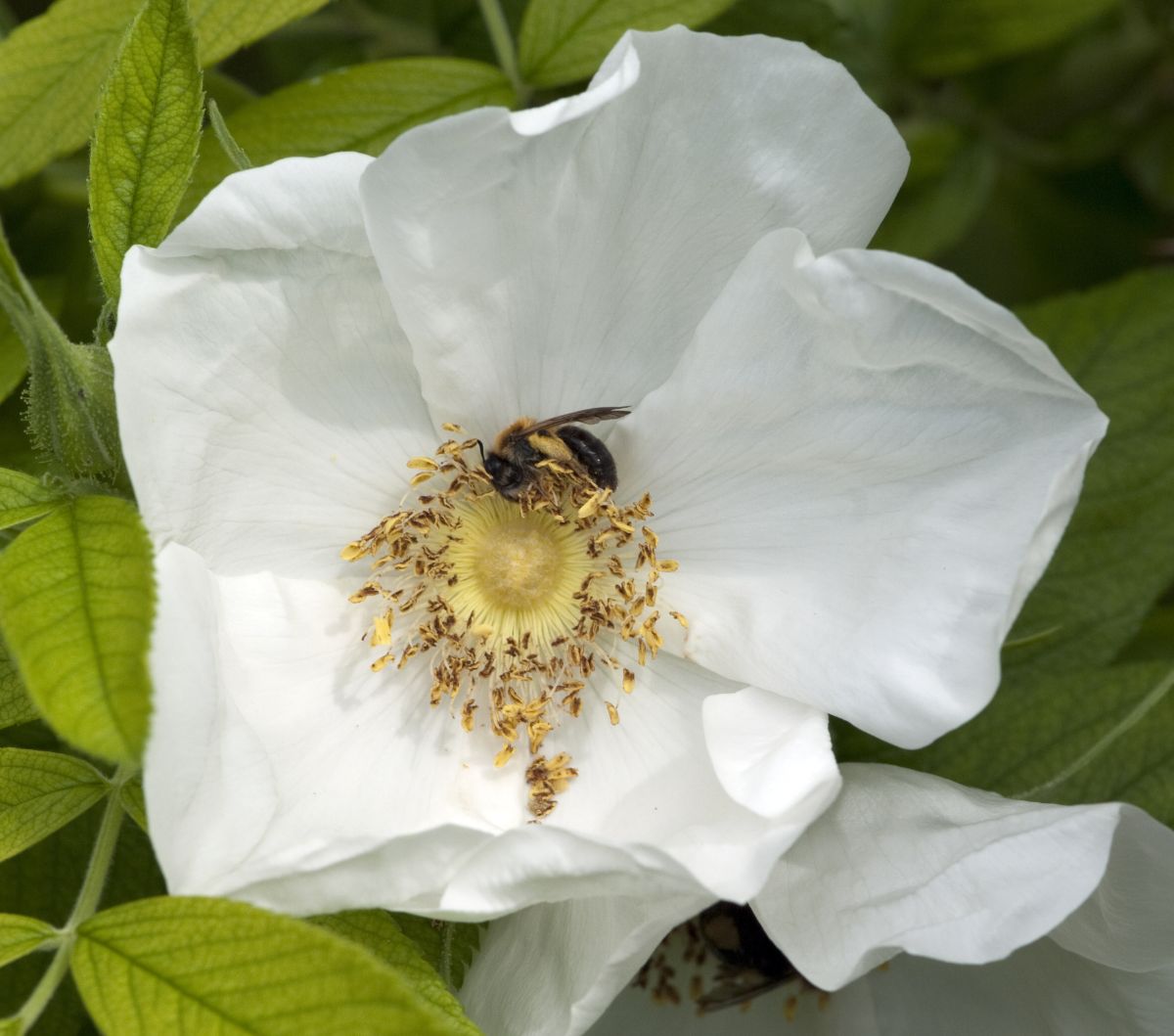
‘Blanc Double de Coubert’ is a rugosa hybrid that was introduced in 1892 and has been a vigorous, beautiful rose ever since. Blanc will make a bush that’s five feet tall and wide that’s disease resistant, and laughs at winter’s cold.
Her dark green foliage has the corrugated leaves associated with the rugosas, but her bright white, semidouble flowers steal the show. Blanc sports pure white blossoms with a strong fragrance of cloves. It’s always nice to stand downwind of these and get a noseful of that sweet scent. After the flowers, the rose puts out big orange hips, which are high in vitamin C and good to make jelly with.
This rose will sucker, sometimes sending out a mystery sucker to surprise you some distance away. Hardy and vigorous, this rose will make a great hedge.
Great Shrub or Landscape Roses
Modern shrub roses are bred for great disease resistance, cold hardiness, and vigor – as well as beautiful flowers. If you want an easy-growing rose and you have plenty of space for one of these, then you’ll love these shrub roses.
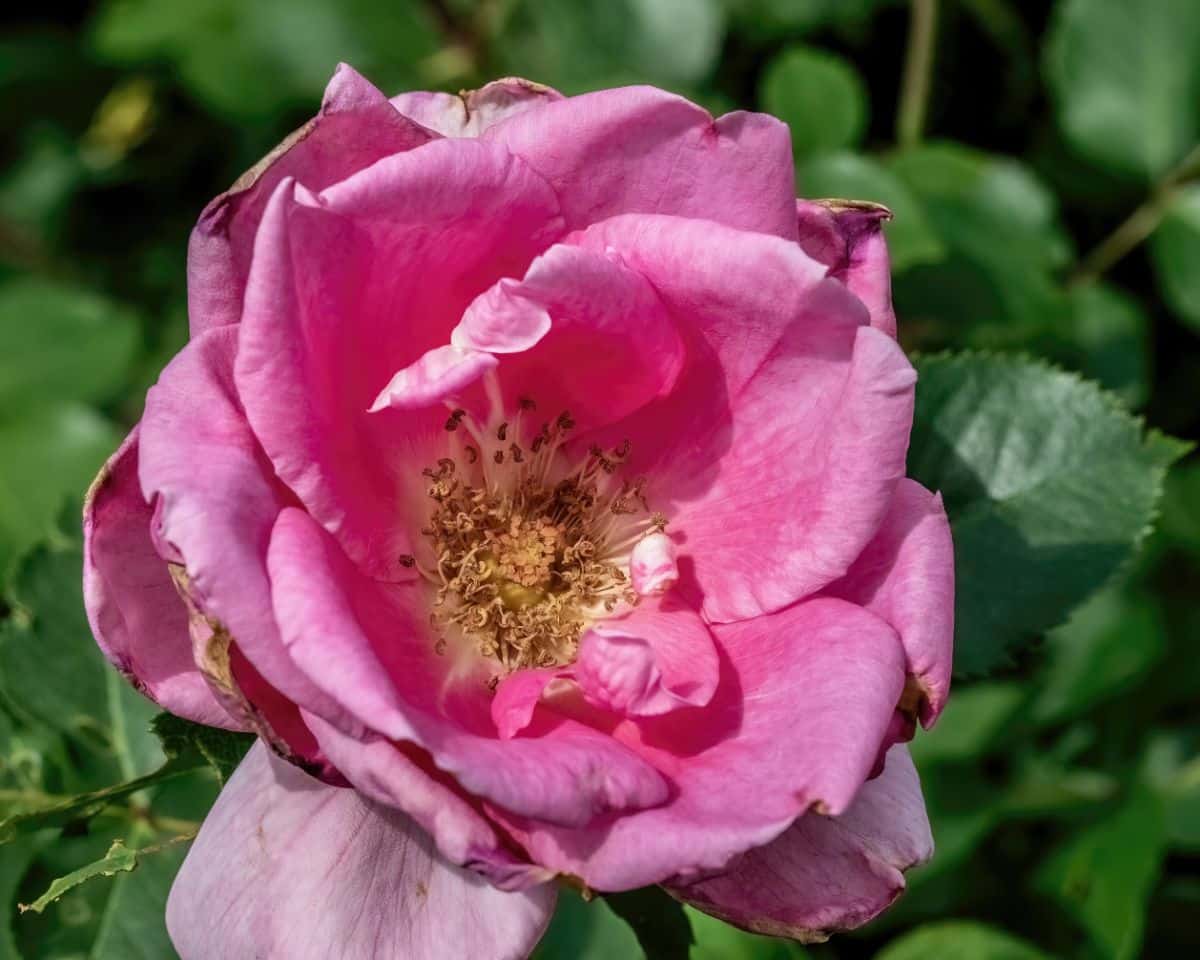
‘Carefree Beauty,’ bred in 1977, is a modern shrub rose that is one of the earliest roses to bloom in spring. It sports a cloud of large, shocking pink blossoms through most of the season with a strong, sweet fragrance.
The ‘Carefree Beauty’ rose is a solid performer through times of drought and is resistant to blackspot and powdery mildew. In the fall, after you stop deadheading the rose, you will be rewarded with large, orange hips. (On the rose, not on your body.)
These roses grow about 5 feet tall and wide and make a showy mass planting that doesn’t need much maintenance.
‘Carefree Beauty’ was hybridized by Griffith J. Buck, a rose breeder known for creating roses that are very tolerant of cold temperatures. When I covered the roses with mulch for the winter, I didn’t cover these roses as much because they did just fine.
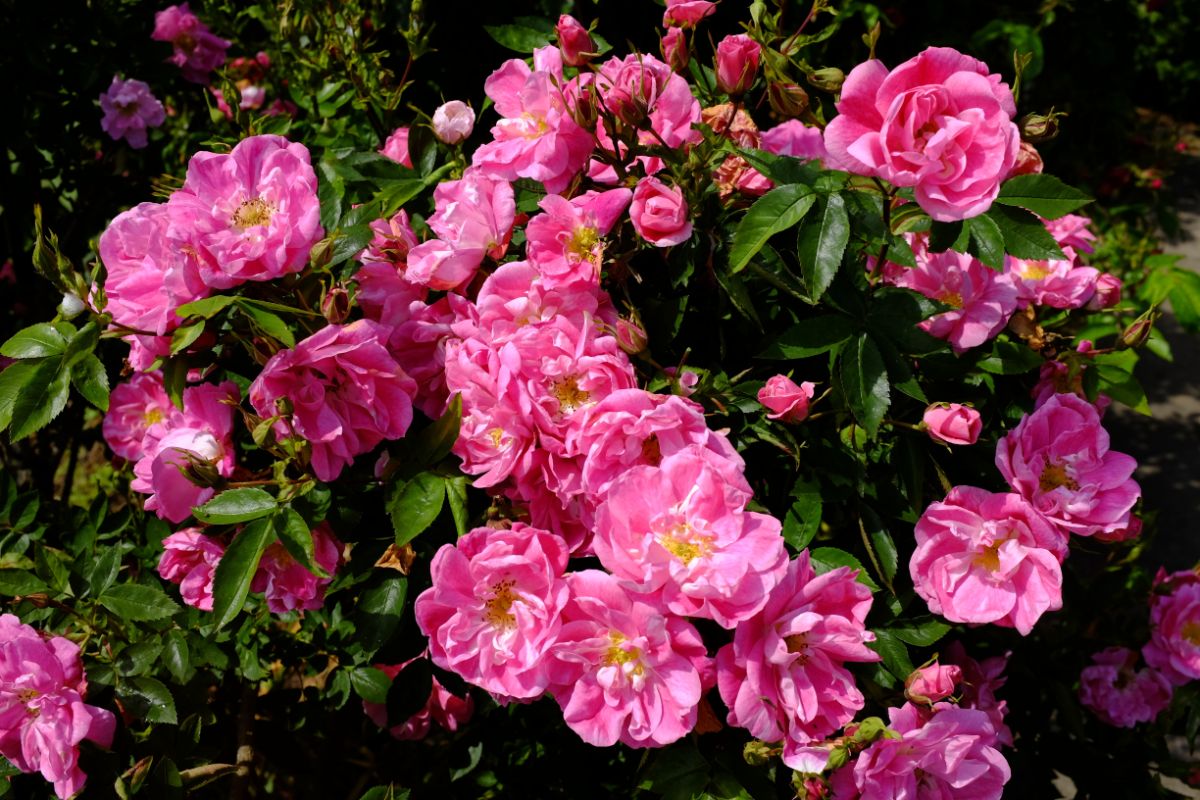
‘William Baffin’ (1983) is a husky semi-climbing rose from the Canadian Explorers series, bred to withstand Canadian winters in Zone 3. The Explorer series consists of tough, rugged roses that are disease-resistant and cover themselves with lots of flowers from spring to summer. William Baffin is no exception.
My ‘William Baffin’ (I call him Billy) didn't bloom the first two years, which had me worried. In the third year, however, he covered himself with buds. These opened into strawberry-pink blossoms with a few white lines up the center of the petals and gold stamens in the center of the flower.
Vigorous is a mild word for ‘William Baffin.’ The canes are tall and thick. If you want to prune the rose, bring the tree loppers. For older roses, you might need a tree saw or a chainsaw! Your hand-held pruners won’t be big enough for some of these canes even after a few years in the ground.
His thorns will grab you, however careful you are. The rose is quite disease-resistant, always a plus.
Antique and Heirloom Roses
Some of my favorite roses are the antique roses that bloom once a year. That’s not so bad. Lilacs bloom once a year, too, but we don’t kick them out of the garden for it. These old roses cover themselves with blossoms that smell heavenly, and they’ve been around for a century or two, so they’re not easy to kill.
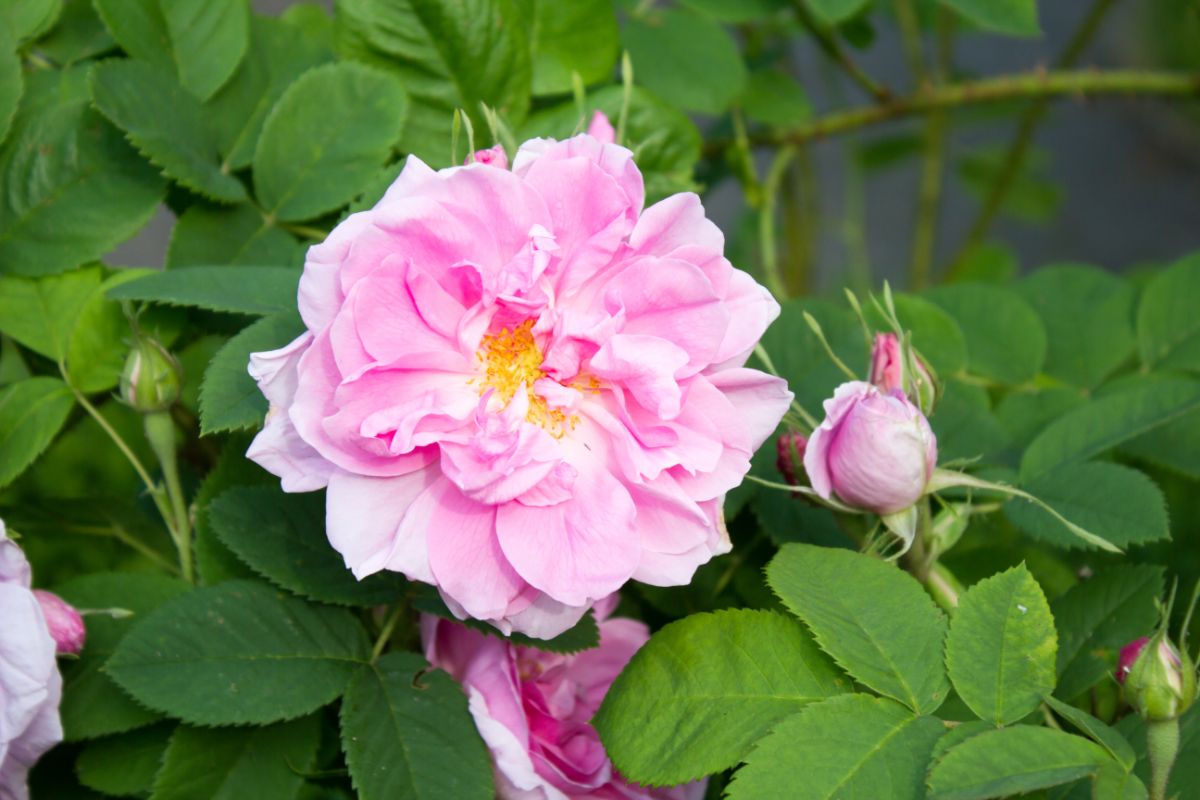
‘Autumn Damask’ (before 1633?) goes by half a million names. These may or may not be the same rose. Some of the roses under these names might be different roses. These are also called Four Seasons Rose, Quatre Saisons, Rosa damascene bifera, Josephine’s Rose, and many variations thereof. Yes, it’s confusing.
In fact, when looking for pictures of this rose, I started wondering what on earth I’ve been growing in my garden because some of the roses named Autumn Damask don’t look like mine at all.
Some say this is a cross between several damask roses. Some say that this rose is actually a sport of Perpetual White Moss (a sport is a natural genetic modification resulting in a new plant). Some say that this rose is actually extinct – which is pretty wild because my extinct rose is doing surprisingly well for something that doesn’t exist.
At any rate, despite the confusion, Autumn Damask, or whatever you want to call it, is a rose of antiquity that has been grown for many years, and no wonder. Its ruffled, light pink blooms are sweetly fragrant with that lovely damask scent, and they show up early in spring.
The rosebush grows up to 4 to 5 feet and will start grabbing you as you go past. To fix this, cut the rosebush back by about half after it finishes blooming. It will spring back up and give you another flush of roses in the fall. Its disease resistance isn’t great, but it never gives up – the Autumn Damask is a survivor.
Even the leaves are scented. I always enjoy working with the rose because my hands smell like roses afterward.
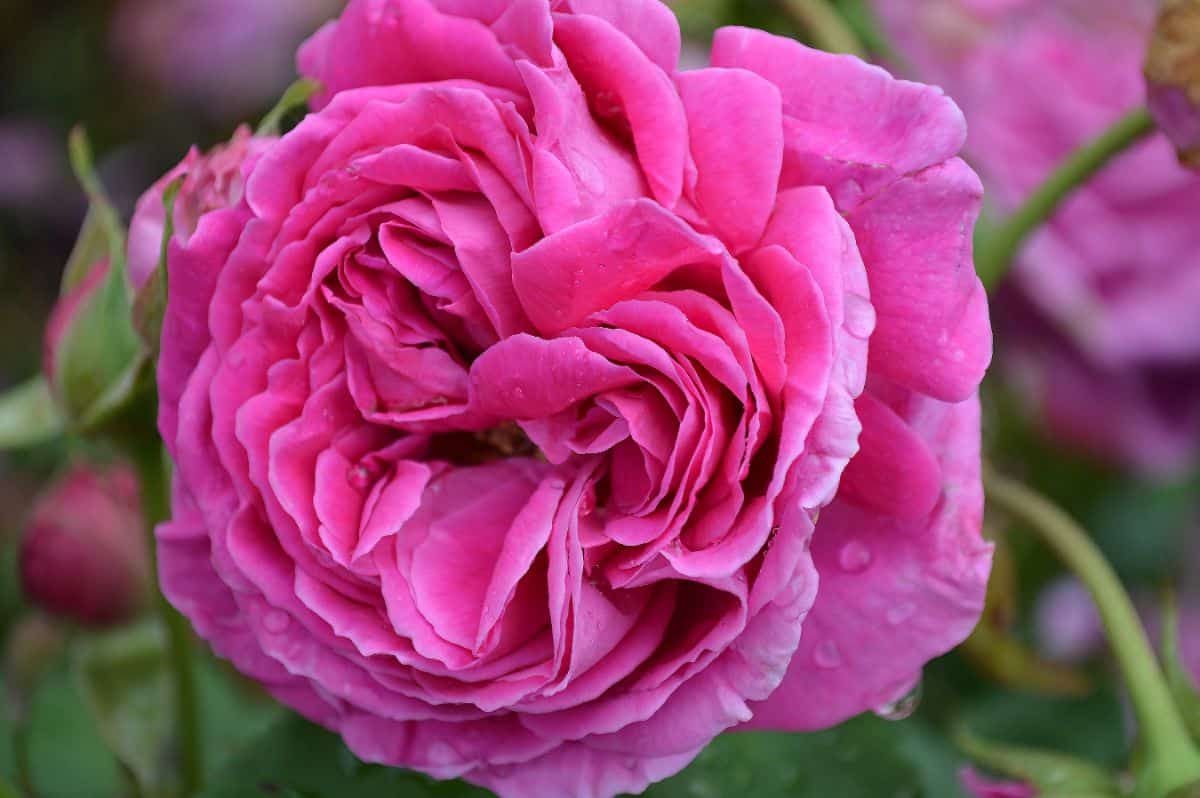
‘Madame Isaac Pereire’ (1876) is an old-fashioned Bourbon rose that has luxuriant raspberry-pink blossoms packed full of petals. The fragrance of this rose is heavenly. I always gathered her petals for potpourri because their fragrance would last and last.
Madame Isaac Pereire is a gorgeous rose. She acts like a climber, stretching out with long canes that should be run along a balustrade or other level surface so she can put out more blossoms. This is a good rose to grow with purple clematis. They vine up together and bloom at the same time.
This rose will get a little blackspot and mildew – but her flowers more than make up for it with their incredible fragrance.
For best results, visit local rose gardens and see what’s growing locally. Recommendations from one place aren’t always sure-fire pleasers in another local with different weather. Talk with area rosarians about what they like best. Often, they’ll suggest a rose variety that will surprise and delight you.
For great overall rose advice, a list of 50 of the best easy-growing roses, and a ton of mouth-watering rose pictures, pick up a copy of The Rose Bible by the late Rayford Clayton Reddell. His books are all out of print (a travesty!), but you can still get used copies online. I used this book when I was replacing the dead roses at the municipal rose garden, and every rose listed in Reddell’s top 50 turned out to be a winner in the garden.

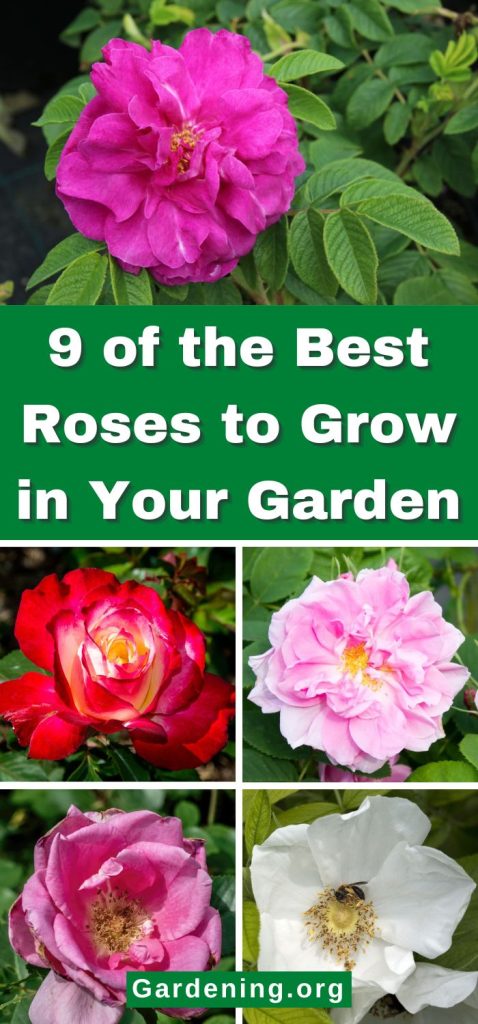
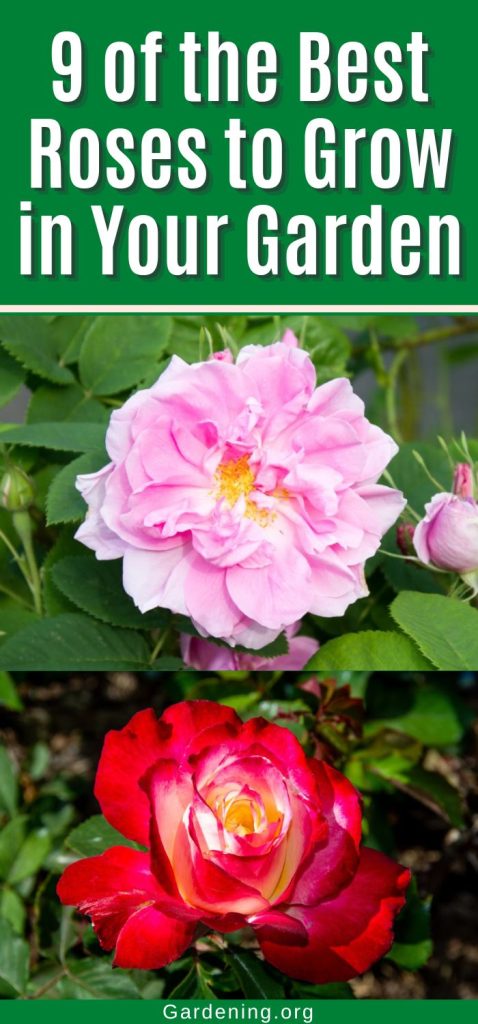
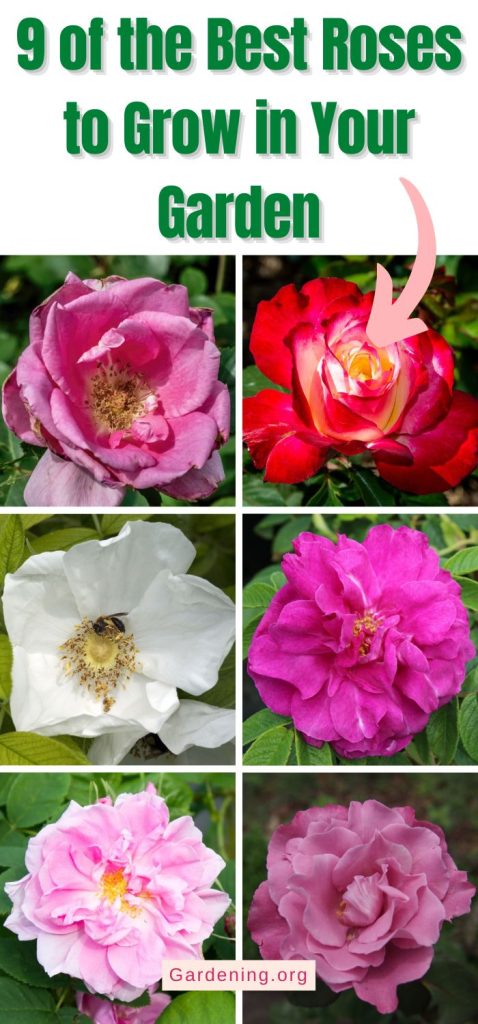
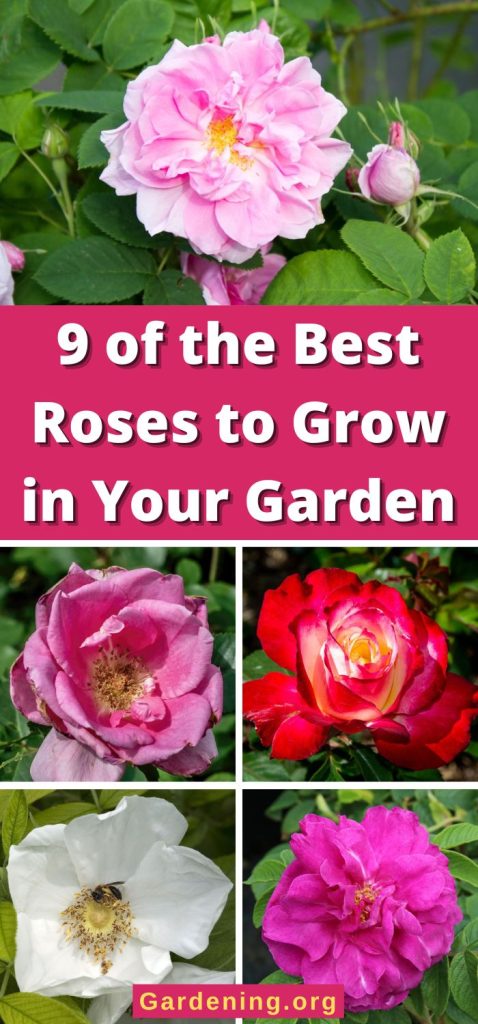




Leave a Reply